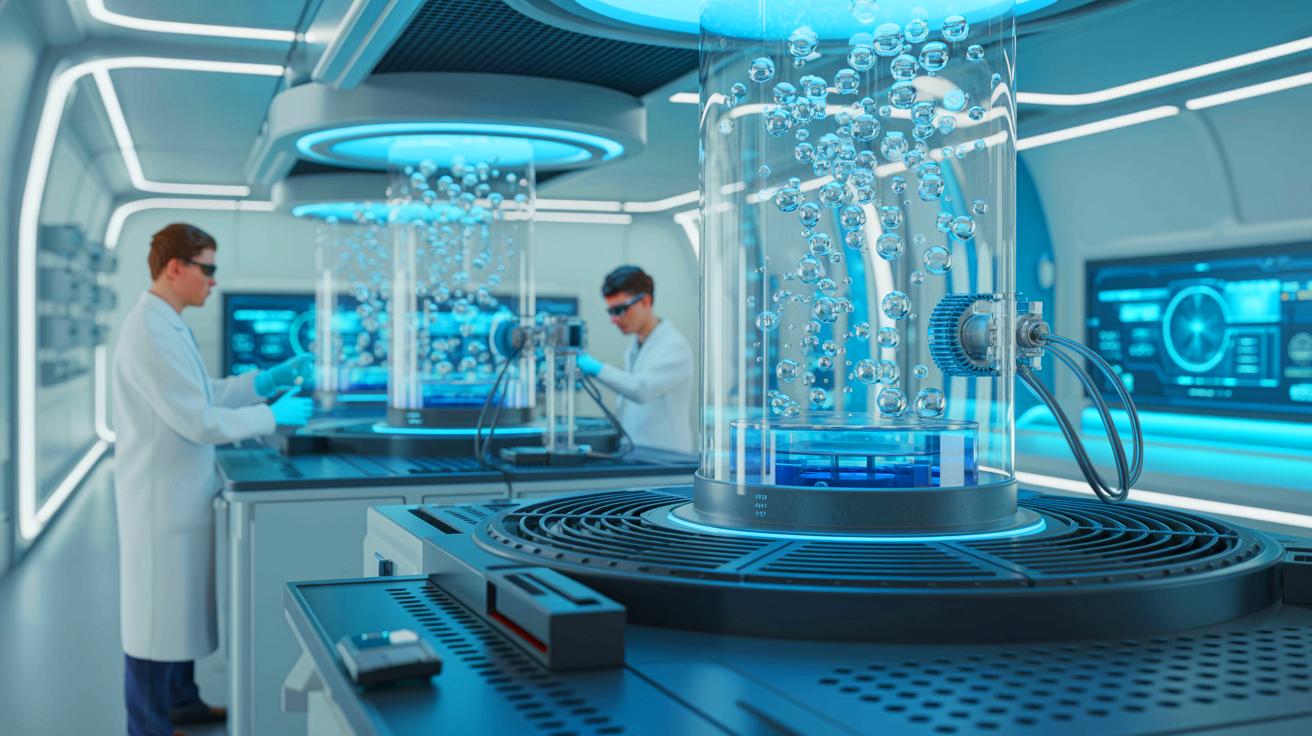Revolutionizing Green Hydrogen Production: The Game-Changing Catalyst Breakthrough
Key Ideas
- Researchers at Hanyang University in South Korea developed cobalt phosphides-based nanomaterials to reduce hydrogen production costs significantly.
- Innovative use of metal-organic frameworks (MOFs) led to efficient and low-cost electrocatalysts, paving the way for large-scale green hydrogen production.
- The new catalysts demonstrated superior electrocatalytic performance with lower overpotentials, offering a viable solution for reducing global carbon emissions.
- The advancement in catalyst design provides a blueprint for future developments, potentially revolutionizing the hydrogen production industry.
In the pursuit of sustainable energy solutions, hydrogen has emerged as a promising candidate with its zero-carbon content and high energy storage capacity. Researchers at Hanyang University in South Korea have made a significant breakthrough in catalyst design, utilizing cobalt phosphides-based nanomaterials to drive down hydrogen production costs. By leveraging metal-organic frameworks (MOFs), they created efficient and cost-effective electrocatalysts, essential for scaling up green hydrogen production. These catalysts exhibited superior performance with reduced overpotentials compared to traditional materials, offering a path towards affordable large-scale hydrogen production crucial for combating climate change.
The research team's innovative approach involved manipulating boron doping and phosphorus content within MOFs to enhance catalyst performance and lower production costs. By growing cobalt-based MOFs on nickel foam and making strategic modifications, they achieved catalysts with exceptional electrocatalytic properties, laying the foundation for widespread green hydrogen adoption. The experiments showcased samples with a large surface area and mesoporous structure, key for boosting electrocatalytic activity. Notably, one sample produced using sodium hypophosphite surpassed expectations, demonstrating significantly lower overpotentials for oxygen and hydrogen evolution reactions.
Density functional theory calculations supported the efficacy of the doping techniques, showing improved interaction of reaction intermediates. By reducing reliance on expensive rare-earth metals, these catalysts offer a more economically viable path to sustainable hydrogen production. The global impact of these advancements is profound, as they present a feasible solution to curb greenhouse gas emissions and transition to a cleaner energy future. While challenges in scalability and cost-effectiveness persist, the catalyst breakthrough provides a ray of hope for achieving global sustainability goals and unlocking a hydrogen-powered future.
